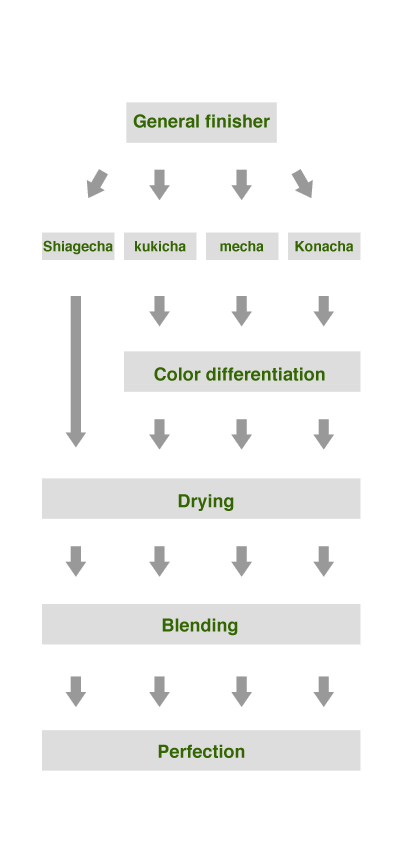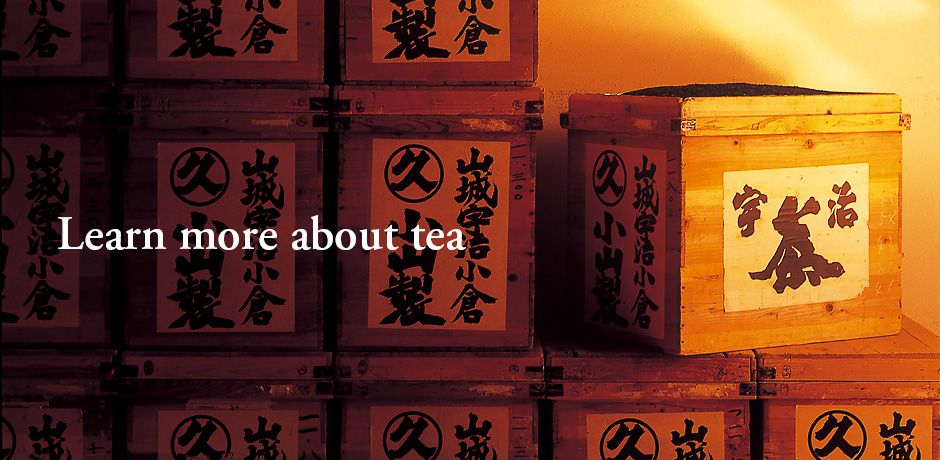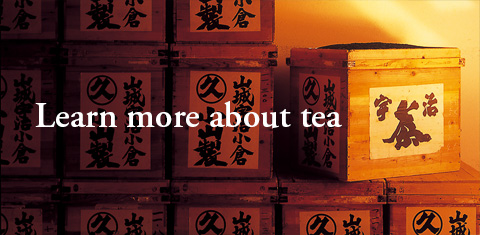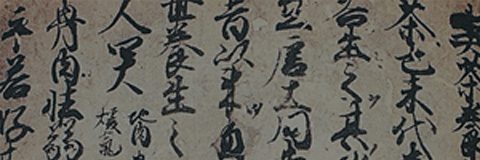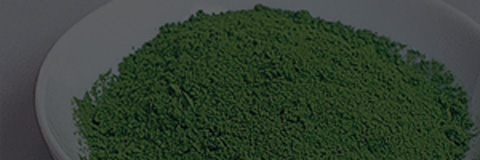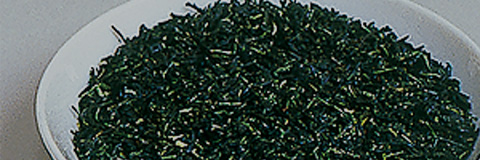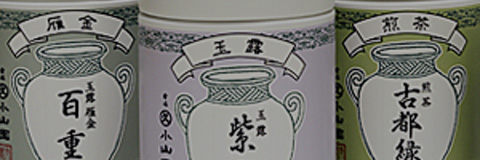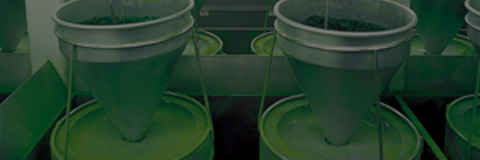Benefits of tea
Benefits of tea
At the end of the 12th century, the Zen monk Eisai, who brought Zen Buddhism and tea to Japan, wrote a book on tea, ‘Kissa Yojoki’, in which he said ‘Tea is the elixir of life and the magic key to longevity.’ Originally tea was considered an important preventive and curative medicine. In the powdered form, Matcha, the tea is not just a brewed extract, but the whole leaf is consumed and so all components are absorbed and giving the full effect. Nowadays, many people like to drink tea, and there are in fact many who remain healthy and grow old drinking a lot of tea. The components of green tea and their health benefits are now studied scientifically. The reconfirming results of these studies are leading to increased interest and consumption.
Control of High Blood PressureGamma-amino butyric acid (GABA), Catechins, Teanin |
Anti-aging AgentsVitamin E, Catechins |
Prevention of DiabetesVitamin E, catechins, complex polysaccharides |
Prevention of CancerVitamin C, Catechins, Flavonol |
Prevention of Bad BreathChlorophyll, Catechins, Flavonol |
Prevention of CariesVitamin E, Catechins, Complex Polysaccharides |
Prevention of InfluenzaVitamin C, Catechins |
Vitamin C, CatechinsCaffeine |
Dieting EffectCaffeine |
Prevention of Taste AbnormalitiesMinerals (Zinc) |
Activation of Cerebral NervesTeanin, Gamma-amino Butyric Acid (GABA) |
Control of Blood CholesterolCatechins |
Strengthening of the Immune SystemVitamin C, Catechins, Minerals (Zinc), Beta-carotine |
Anti-bacterial EffectCatechins, Saponin |
Aroma Therapy EffectAromatic Components |
Prevention of CataractsVitamin E |
Intestinal Disorder AlleviationFood-fibers |
Growing and Processing of Gyokuro and Sencha
Growing and Processing of Gyokuro and Sencha
From growing to production of leaf teas
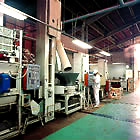
Crude Tea Production Factory
- Gyokuro - just like the trees for matcha, the tea bushes that produce Gyokuro are covered with a reed approximately 2 weeks before the leaves are harvested. This shading removes more than 90% of the sunlight. As a result, the first sprouts of Gyokuro tea leaves remain supple and develop a vivid green colour. The young Gyokuro leaves are harvested once a year and only by hand, leaf by leaf.
Sencha - unlike for gyokuro, tea trees for sencha are not covered; they are fully exposed to the sun until harvest. Tea leaves for sencha are usually harvested by a special handheld machine.
Even though sencha and gyokuro are processed quite similarly after being harvested, the way the leaves are grown results in distinct differences in their flavour and aroma profiles. - Shortly after being harvested, the tea leaves are thoroughly steamed to prevent fermentation and protect the colour of the leaves.
- After steaming, the leaves for both Gyokuro and Sencha are rolled several times while being dried.
- After drying the rolled leaves are stored in a sealed jar and refrigerator until they are needed for further processing.
From processing to final products
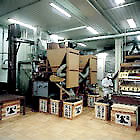
Finishing Facility
- The tea leaves which were rolled and dried are removed from the refrigerator and go through a sorting process.
- The leaves are cut and sorted into four main parts which then become its own grade of tea:
- the stalks are used to make kukicha
- dust that settles from the leaves are used for konacha
- the fine curly leaves - are used for mecha
- the meat of the leaves become sencha and gyokuro - Once separated and graded the leaves are dried by heat and further examined in terms of their appearance, flavour, aroma and colour.
- The leaves are then blended in such a way as to match the flavour and aroma profile of existing named teas. In this way, named teas have a consistent taste each year, although the actual combination of leaves in the blend changes every year.
- Once the right flavour profile has been created for each named tean the final product is packaged.
